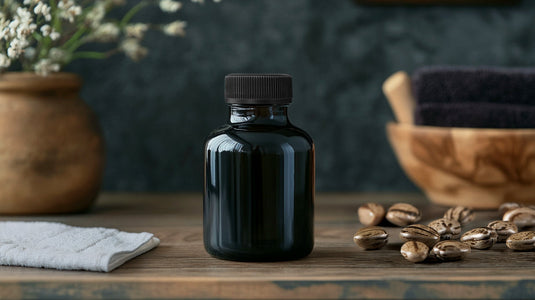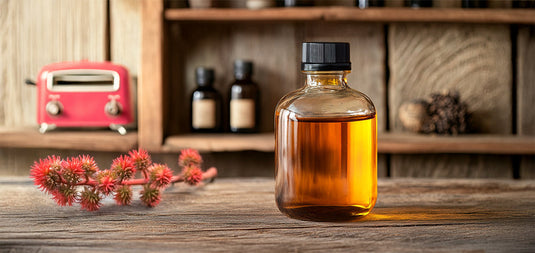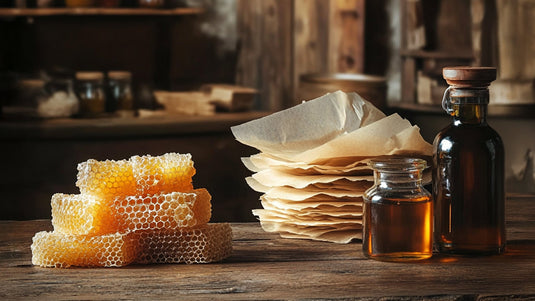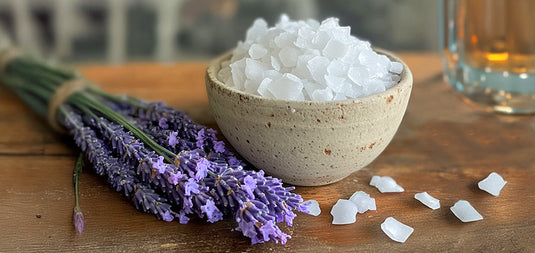Turpentine is a versatile solvent from the resin of pine trees, used industrially and historically as a medicinal remedy, though now limited to solvent purposes. Its complex chemical makeup includes various organic compounds, predominantly terpenes, which give turpentine its unique properties and aroma.
The primary component, α-pinene, makes up about 50% of turpentine and gives it its distinctive scent. Found in essential oils like rosemary and eucalyptus, α-pinene has a bicyclic structure and is highly volatile, allowing turpentine to evaporate quickly. Other terpenes in turpentine include β-pinene, camphene, and limonene. Limonene, with its citrus-like aroma, is effective in dissolving oils and is often used in cleaning products.

Turpentine also contains minor amounts of organic compounds such as alcohols, ketones, and esters, though these are present in much lower concentrations. The specific composition can vary depending on the type of turpentine.
There are two main types: gum turpentine and wood turpentine. Gum turpentine, or gum spirits of turpentine, is obtained through steam distillation of pine resin. It's a high-quality grade used in traditional art mediums and specialized applications. Wood turpentine, derived from the destructive distillation of pine wood, is primarily an industrial solvent used in varnishes, lacquers, and synthetic resins. Due to potential chemical additives, wood turpentine should be avoided for unique applications.
In summary, turpentine's chemical makeup, primarily terpenes like α-pinene, gives it its distinct aroma and solvent properties. Gum and wood turpentine serve different purposes, with gum turpentine being preferred for high-quality, specialized uses. Despite its long history, turpentine remains a widely used solvent in various industries today.
Creekwood Naturals pure gum spirits of turpentine is made of 100% pure turpentine hand bottled in America. Pick up a piece of American pride HERE.










